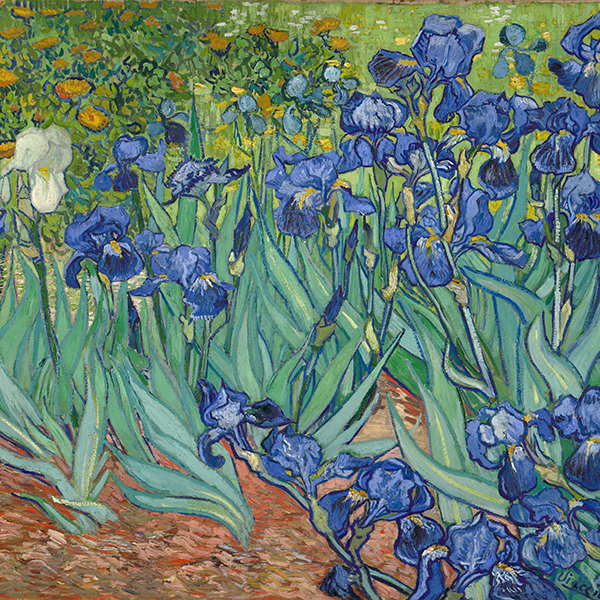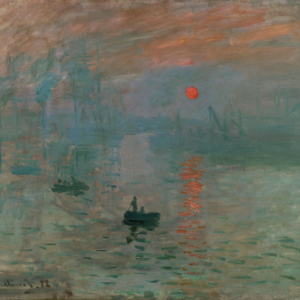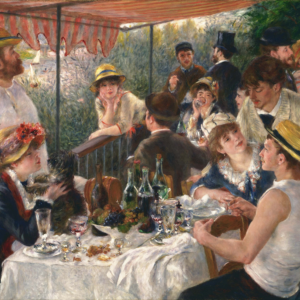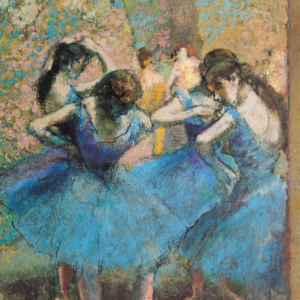In the classic understanding, great art needs great subjects. The beauty of the motive has to stand out and be apparent to all, whether that motive is a grand landscape, an impressive Monarch or a great mansion. The pure splendor had to be readily apparent and noticeable to all. Because how could the art possibly be great if the subject was common?
And yet, with the coming of impressionism and post-impressionism, the common was what to a much higher degree took over in the world of art. The artists subject matter was forever changed as the focus shifted to seeing the beauty in everything. A few flowers, some water lilies, a bowl of fruit, all these and more became the targets of the artists brush and were brought to life by the skills of the masters. The common was all of a certain made extraordinary and quite extraordinarily so.
An example of this development is the painting Irises by Dutch post-impressionist Vincent Van Gogh. Painted by Van Gogh while he was living at the asylum at Saint Paul-de-Mausole, it depicts a bed of Iris flowers in an outdoor setting. It is a very basic motive – some flowers in a garden. And yet it is also among the most captivating of images. The different shades of green, the different blue flowers, the harmony of the composition and colors – it is beauty as only nature could create it and only a true master could paint it. This was recognized by Van Gogh and he set out to paint the flowers in all their magnificence. There is no gold and glory, no grand landscape, only the simple flowers themselves and the amazing beauty that they offer for the trained eye. Thus Van Gogh and his contemporaries had their eyes opened to the beauty that was right in front of them, and thus the common became the extraordinary. Irises is today among the most expensive paintings ever sold, thus underlining the way such simplicity has become the accepted heart of the art world.
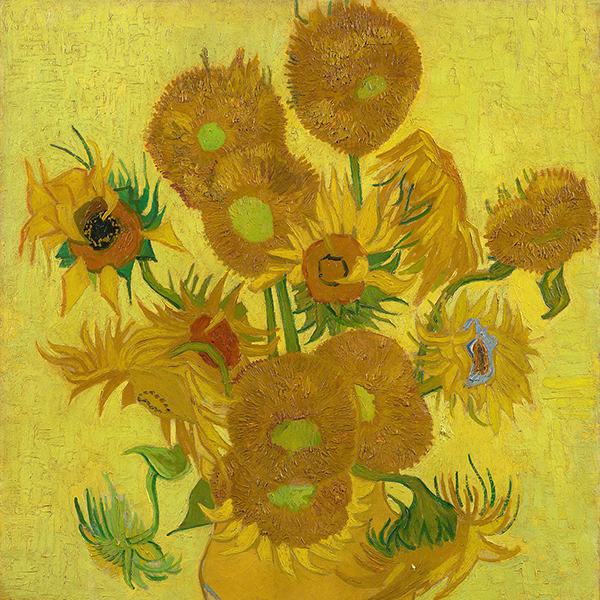

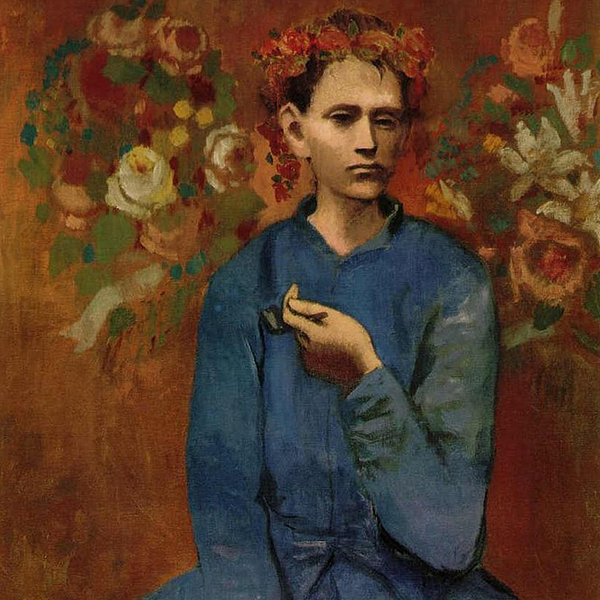
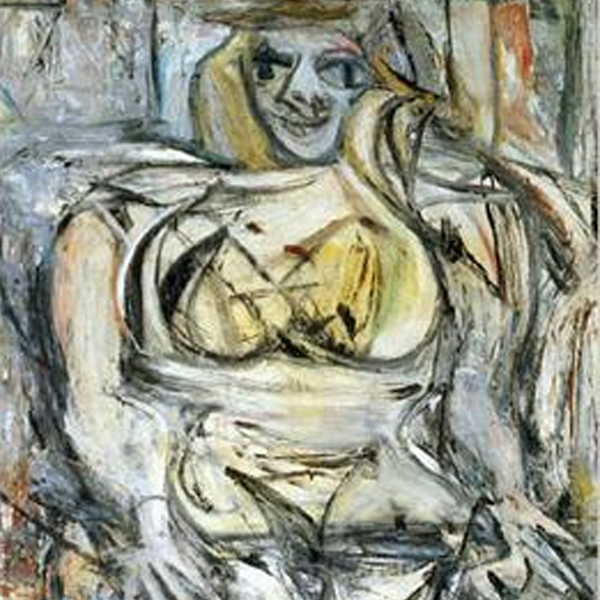
And Irises are not alone. From the Portrait of Dr. Gachet, Woman III, Garcon A La Pipe to Vase with Fifteen Sunflowers, the simplicity of subject dominates the list of the most expensive paintings in the world. Seeing the brilliance in simplicity, the beauty in the ordinary is the new posh and great art now requires no great subject, only great understanding and interpretation.
Of course the more classical view of what constitutes beauty and art is not completely gone. Adele Bloch-Bauer I is also on the list of the most expensive paintings, and that is certainly a portrait of a woman who is fully decked out. This also constitutes great art and great beauty. The difference is that such things now exist alongside the flower pictures and fruit bowls. They are equal. Therein lies the major movement. More is not necessarily better, just like bigger is not necessarily better. That is the true legacy from the world of art to every day life. See the beauty in the small, in your every day, and in your own life. It is there if you look for it.

